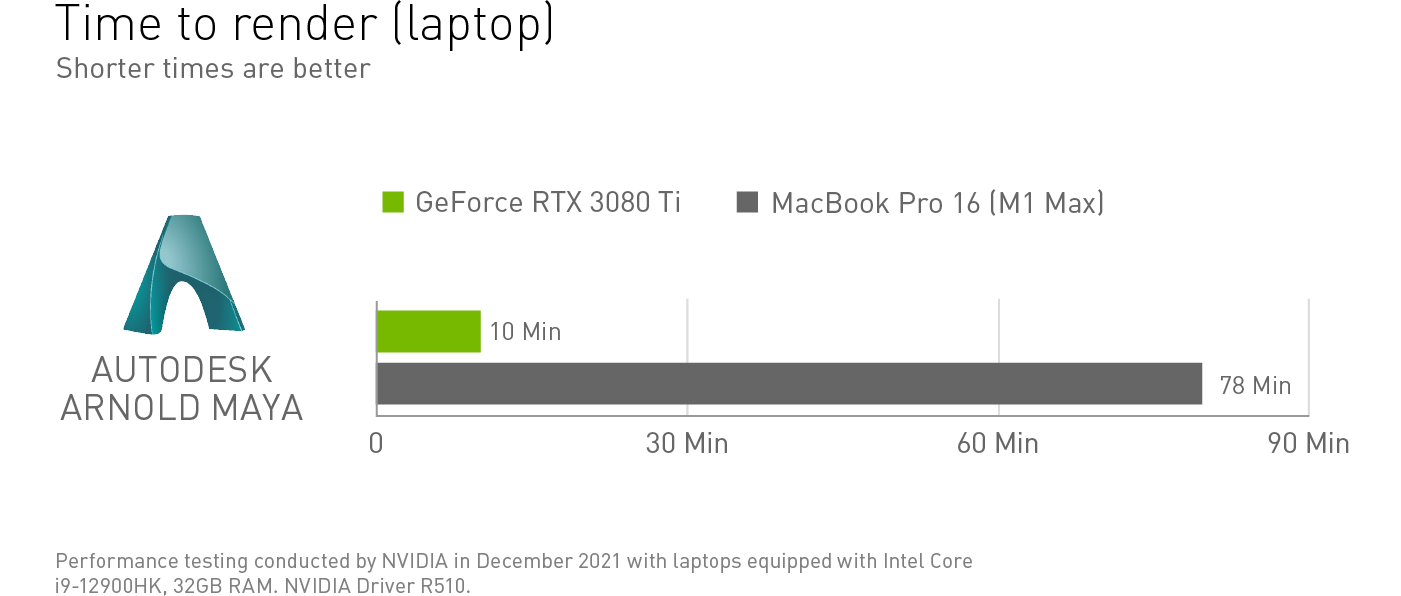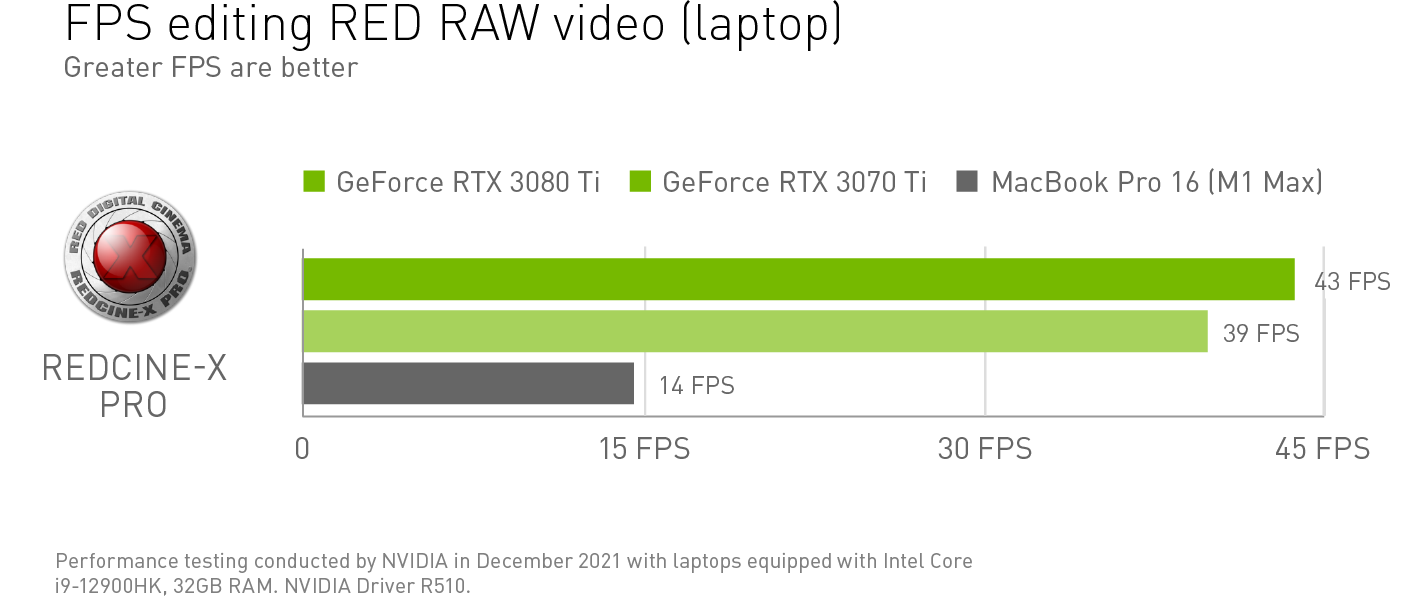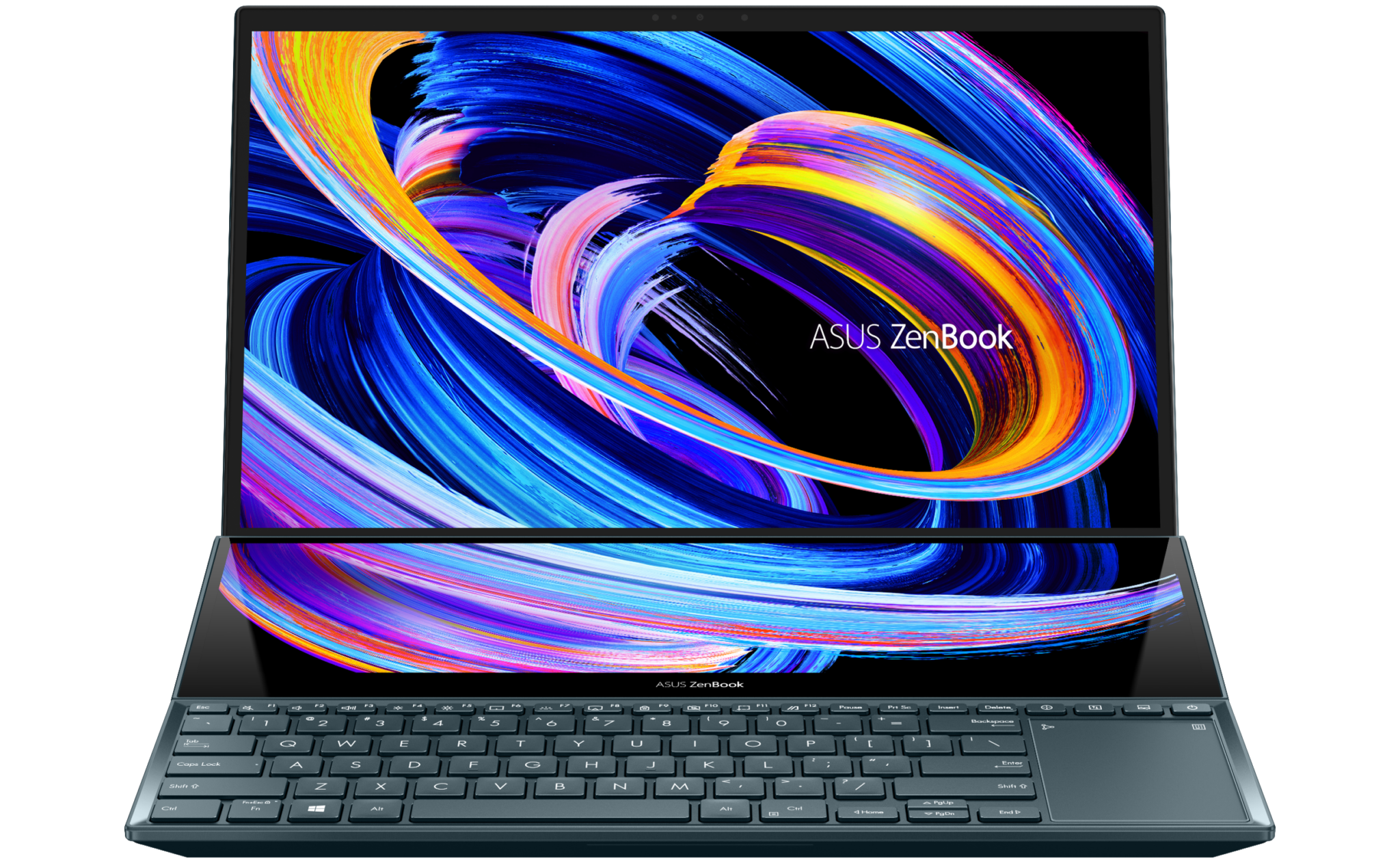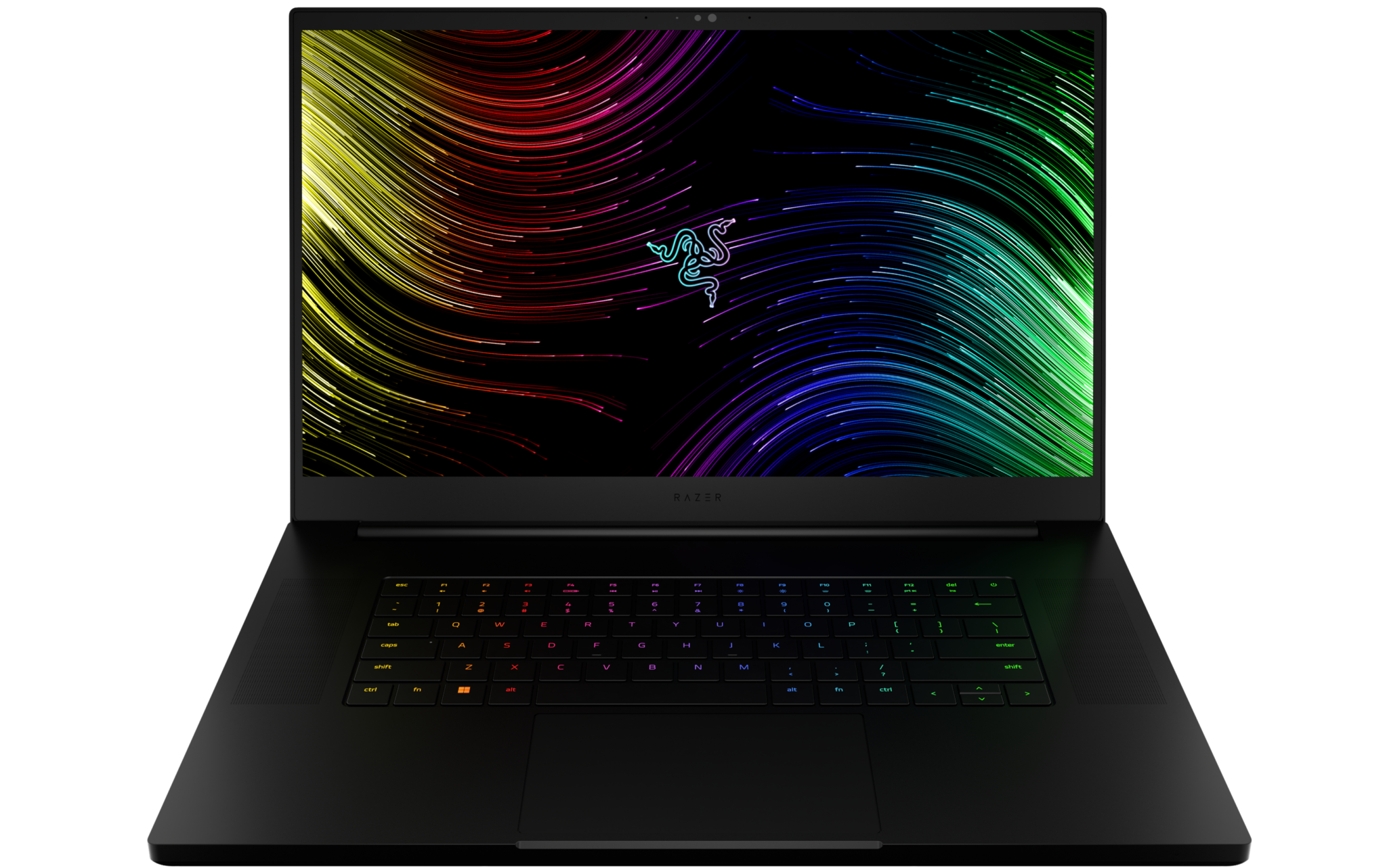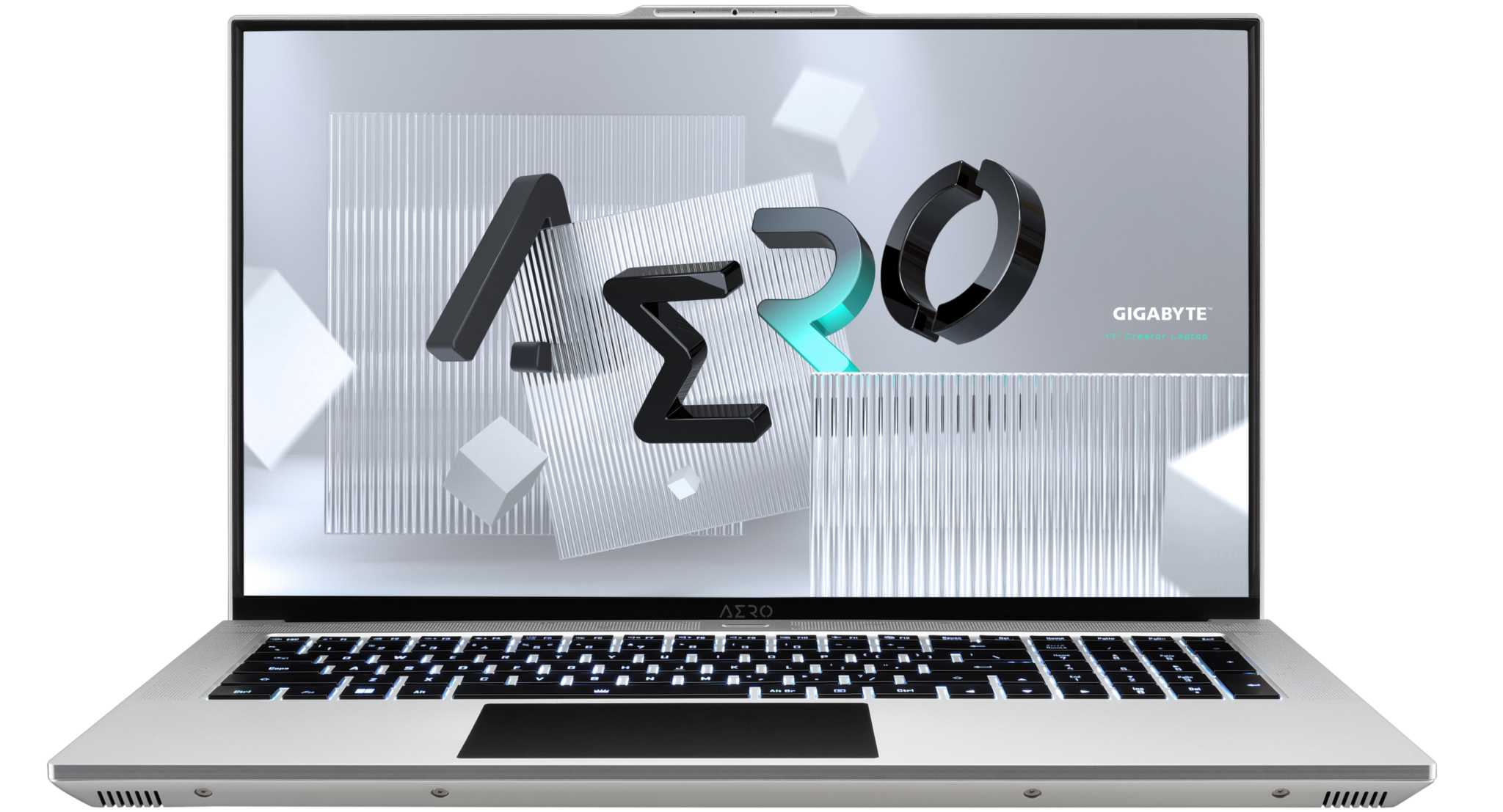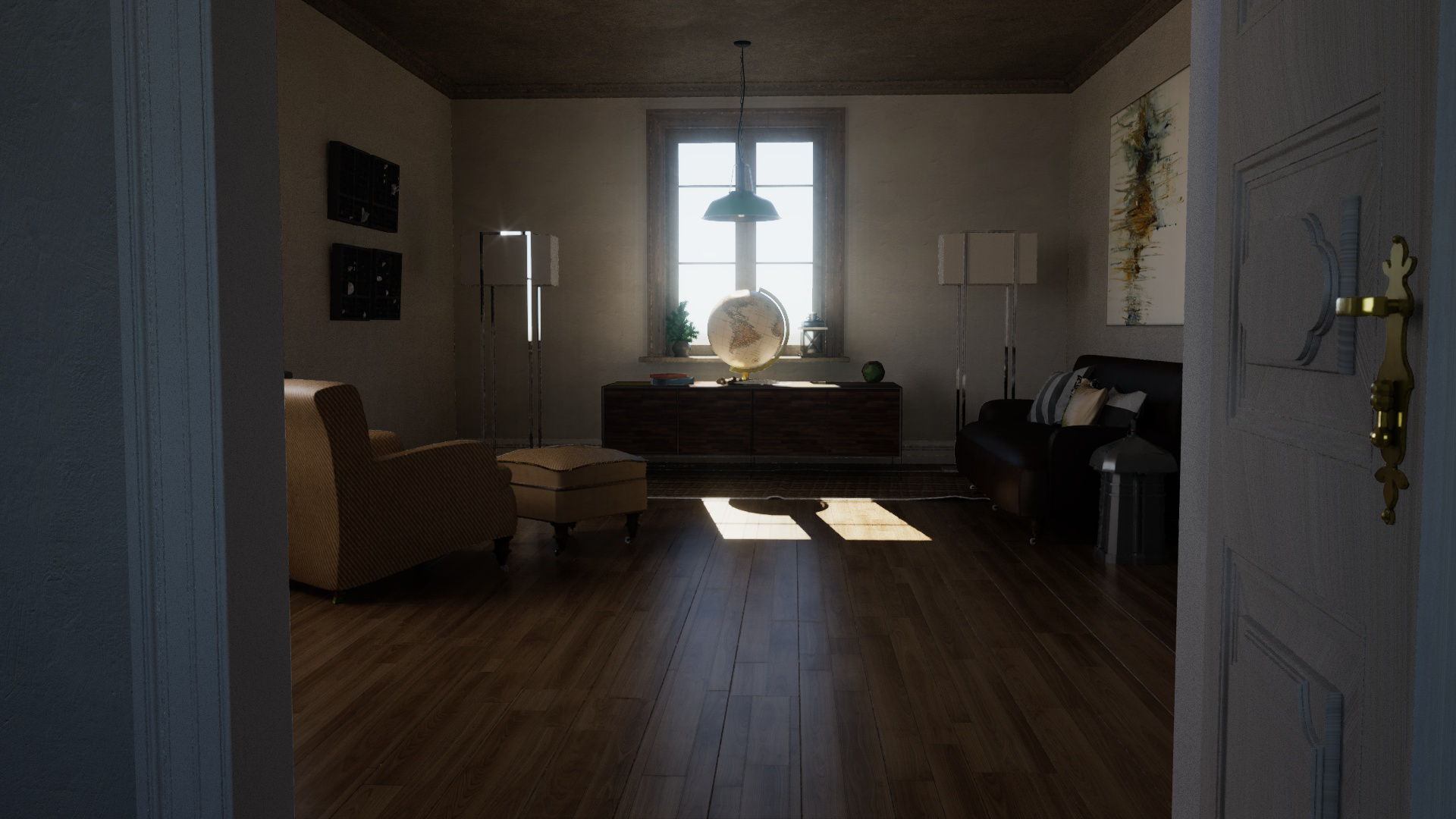Looking for a challenge? Try maneuvering a Kenyan minibus through traffic or dropping seed balls on deforested landscapes.
Or download Africa’s Legends and battle through fiendishly difficult puzzles with Ghana’s Ananse or Nigeria’s Oya by your side.
Games like these are connecting with a hyper-connected African youth population that’s growing fast.
Africa is the youngest region in the world.
Sixty percent of the continent’s population is under 25, and by 2030 the UN predicts the youth population to Africa will increase by 42 percent.
Disposable incomes are rising and high-speed internet connections are proliferating, too.
Africa is projected to have more than 680 million mobile phone users by the end of 2025, driving a surge in the number of gamers.
Across the region 177 million or 95 percent of gamers use mobile devices.
As a result Africa is the fastest-growing region for mobile game downloads, according to mobile insights firm App Annie.
Kenya’s Usiku Games and Ghana’s Leti Arts are among the new generation of African game developers who are pioneering games that connect with the experiences, challenges and histories of these gamers.
Each is developing mobile games aimed at educating youth on a continent where 41 percent of the population is under 15.
And more are coming: in January, South African startup Carry1st raised $20 million from marquee investors such as Andreesen Horowitz and Google for a mobile game publishing platform targeting the African market.
The timing couldn’t be better. Market research firm Mordor Intelligence expects gaming revenue on the continent to grow at a 12 percent annual rate through 2026 compared to 9.6 percent for the entire world.
A Path for Africa’s Gaming Developers
As creators of Okoa Simba, the first game developed in Kenya to be published globally, Nairobi-based Usiku Games believes it can serve as a role model for future game developers in Africa.
Usiku Games is determined to reach younger audiences with educational messages that are embedded within compelling games and animations.
“Our games directly influence the knowledge and behavior of youth on topics such as gender-based violence, mental health, sexual and reproductive health, education, and peaceful resolution of conflicts,” said Usiku Games founder and CEO Jay Shapiro.
One of its projects includes working in Unreal Engine with NVIDIA technologies to create a 3D game focused on HIV prevention and contraception for teen girls.
“For game developers such as myself, this is about making something that will capture the imagination and inspire vulnerable youth in Africa, and all parts of the world,” said Shapiro, a Toronto native, who has lived in Singapore, New York, Mexico and Cambodia. “I want to create rich, visually compelling stories that impact and serve the next generation.”
Creating Visual Stories With NVIDIA GPUs
As the first gaming studio in Ghana, Leti Arts, founded in 2009, uses NVIDIA GPUs to help build mobile games and digital comics based on African history and folklore.
“Games with African settings made by Africans are the best way to cultivate a sense of cultural authenticity,” said Leti co-founder and CEO Eyram Tawia.
A comic and computer game enthusiast since junior high school, Tawia, a Mandela Washington Fellow, the flagship program of the U.S. Government’s Young African Leaders Initiative, wanted to turn the stories he’d heard and drawn as a child into immersive experiences.
“Art and culture contribute just as much to an economy as jobs,” Tawia said . “They help increase a community’s social capital, attracting talent, growth and innovation.”
The nine-person company’s most successful games include Africa’s Legends (2014) and The Hottseat (2019).
The long-term vision for Leti Arts is to make games from Africa for the world. Tawia says the high quality of its games enables gamers to better relate with the games and content being produced.
The continent is home to a growing number of game studios. In addition to Usiku Games and Leti Arts they include Maliyo Games, Kirro Games, Kayfo Games and others.
More games, and game developers, are coming. Tawia and Leti Arts have worked to mentor talent through internships, boot camps and workshops.
Last year Leti trained and supported over 30 game developers in partnership with ITTHYK Gaming and sponsored by Microsoft.
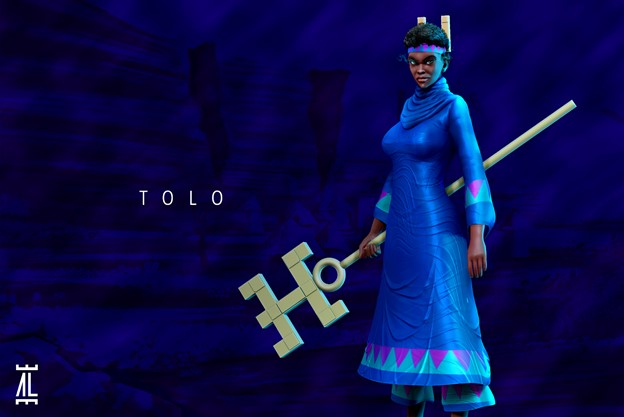
Expanding the Omniverse
Both Usiku and Leti Arts, which are members of NVIDIA Inception, a global program designed to nurture cutting-edge startups, are also exploring NVIDIA Omniverse for real-time 3D design collaboration, AI-powered animation and game development.
With Africa’s gaming industry worth well over half a billion dollars in 2021, investments are also booming for African gaming startups.
“As Africa’s demand for local and regional gaming content grows, more startups are entering this space,” said Kate Kallot, head of Emerging Areas at NVIDIA.
“Africa’s gaming landscape is punctuated by a growing base of startups and studios who are challenging the norms of traditional games, and their impact is anticipated to reach well beyond the continent itself to other game developers and audiences.”
Learn more about Leti Arts and Usiku Games, among others, by catching up on our GTC session focused on the African gaming industry.
And check out entrepreneur and Leti Arts founder Eyram Tawia’s book, “Uncompromising Passion: The Humble Beginnings of an African Game Industry” (CreateSpace Independent Publishing Platform, 2016).
The post New Levels Unlocked: Africa’s Game Developers Reach Toward the Next Generation appeared first on The Official NVIDIA Blog.




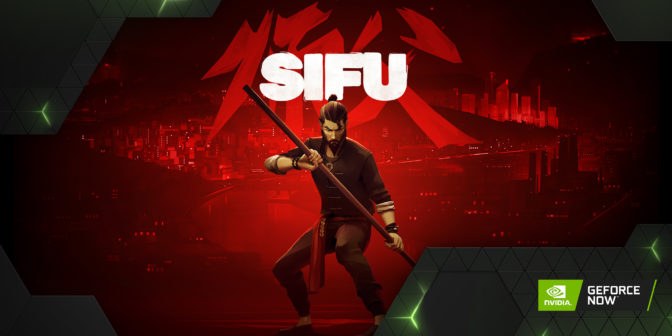
 NVIDIA GeForce NOW (@NVIDIAGFN)
NVIDIA GeForce NOW (@NVIDIAGFN) 
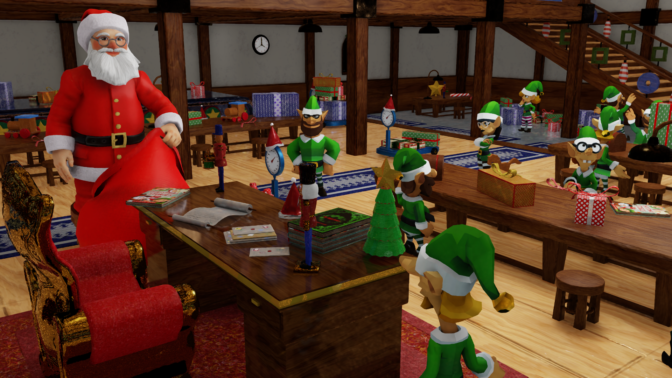

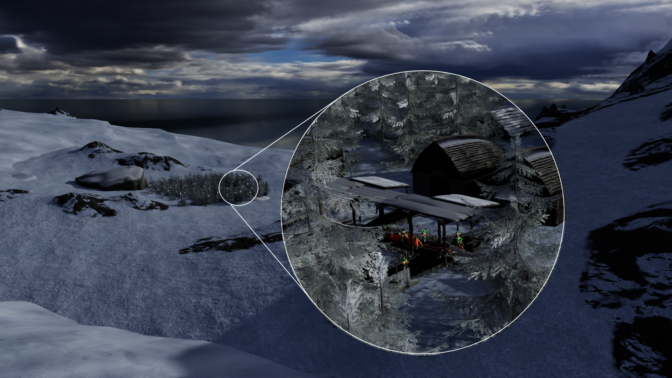


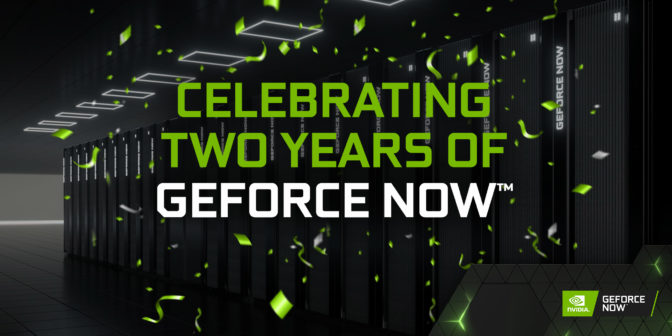
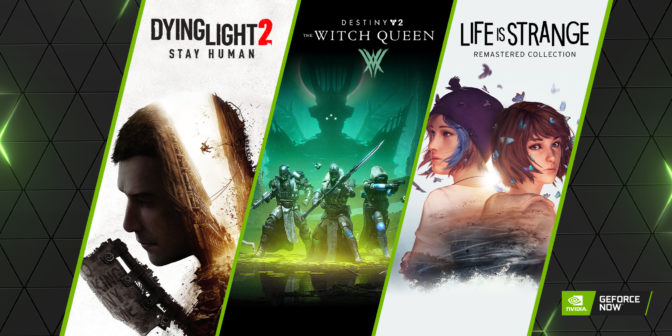
 today is 2/2/22
today is 2/2/22 on Friday,
on Friday, 

